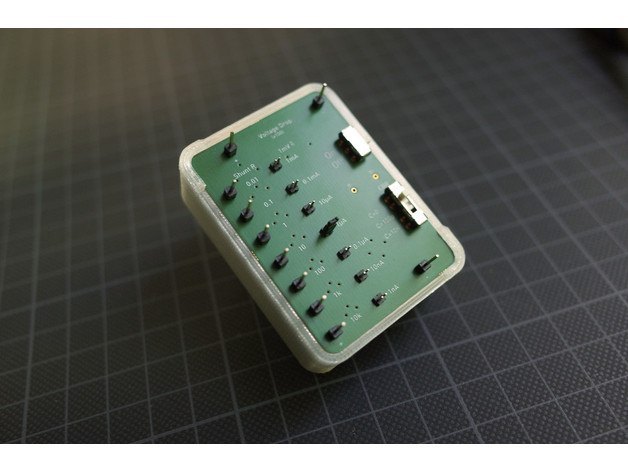I had to use this tool and was not able to do so satisfingly because of a lack of shunts.
Sooo... i redesigned this thing agian and tried to improve the performance.

Changes:
* As suggested there is now one shunt for each decade
* New amplifier OPA388 has a higher bandwith than the old op-amp while having similar charateristics otherwise except higher current draw
* 3xAAA Batteries as voltage source -> No additional noisy IC's necessary to provide another voltage level (see video)
* Negative output range as before (0V to -1.5V) but positive output range is doubled (0V to 3V) with new batteries
* Small resistors for low noise
* As suggested selectable capacitive input filters have been added
* No other capacities needed since there is virtually no noise
Video showing use and build:
Gerbers, Partslist, Case:
https://www.thingiverse.com/thing:3092910Why not only gain of x10 instead of x100?
The main difference would be needing the x10 amount of voltage to get the same output voltage. E.g. to get 3V on the oscillosope one would need to have 0.3V over the shunt. This is quite ecessive when having a low voltage circuit. To make matters worse it is easier to get to much voltage on the op-amp input when feeding it with higher voltages.
(Also x10 bigger resitors are needed for the same input range, which induce more noise which is especially annoying when measuring small currents.)
Why no overvoltage protection?
I looked into it and simulated some diodes. But with the suggested inverse diode solution i always get >1nA current draw at 0.03V (maximum voltage accross the shunts). Problematic is the forward diode. But with a bit of care nothing should happen with the circuit since the operating voltages are so much smaller than the maximum allowed voltage on the input (approx. 3V). And in case somthing brakes it is easy to repair because of its simple design.